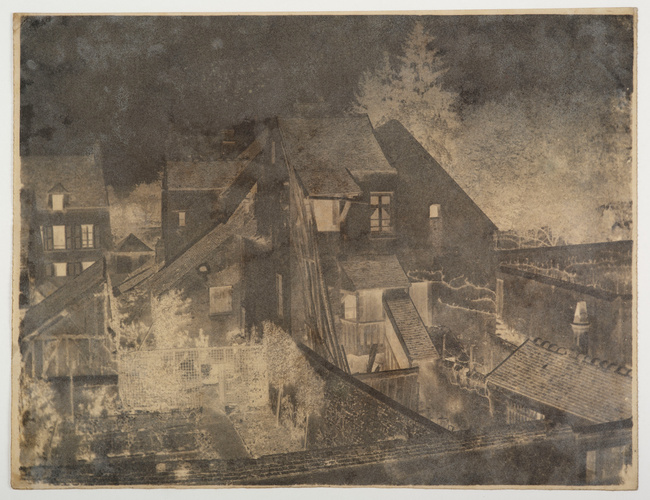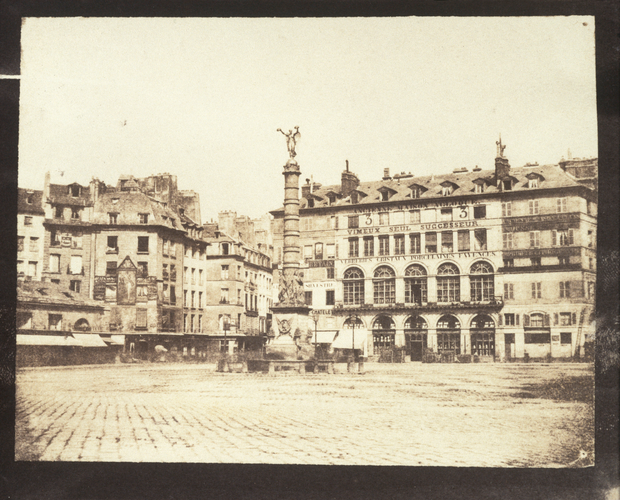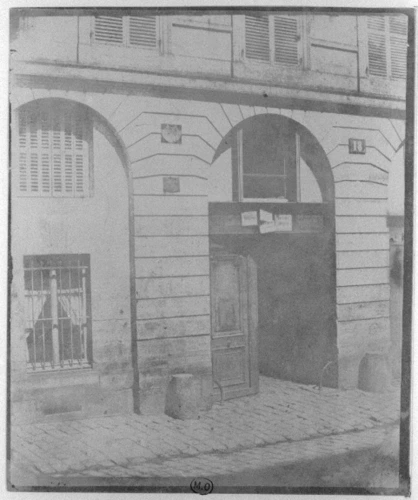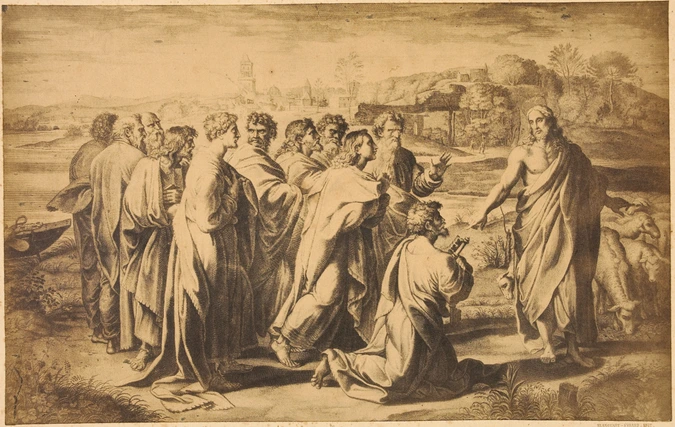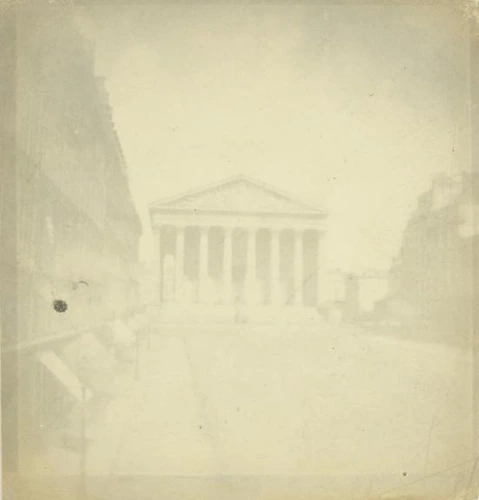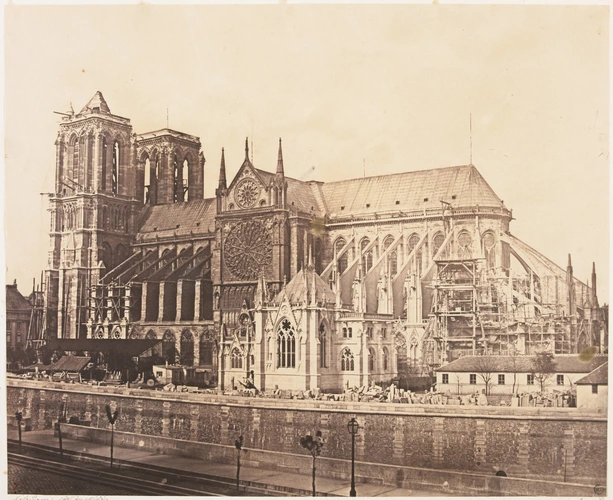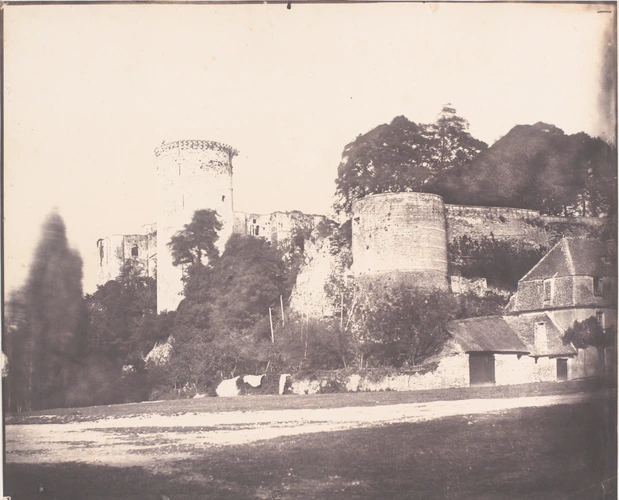Nature morte avec moulages
From very early on, Bayard, an official at the Ministry of Finance, took an interest in the development of photography. He invented a process for fixing positive images directly on to paper and presented it, unsuccessfully, to two members of the French Daguerreotype Commission. Unfortunately for him, it was Daguerre's process which, from 1839, attracted all the attention of the government and the public. At the same time in Great Britain, Fox Talbot revealed the negative-positive process, destined to have a great future, a technique that Bayard had tried without much conviction. In the end, his process for direct positives remained an isolated experiment.
But these disappointments did not prevent him from becoming an accomplished photographer, whose interest lay in images of the street, of architecture and of reproductions of works of art. For his direct positives, Bayard also used his collection of plaster casts. He laid them out in different combinations, sometimes posing among them himself. These objects had the double advantage of reflecting the light well because they were white, while giving the photographer a free hand in his choice of scene. In 1869, the publisher Louis-Désiré Blanquart-Evrard (1802-1872) featured this image as the first illustration in his work Photography, its origins, its progress, and its transformations, along with a tribute to Bayard whom he considered to be "the most ingenious and skilful of our photographers".

